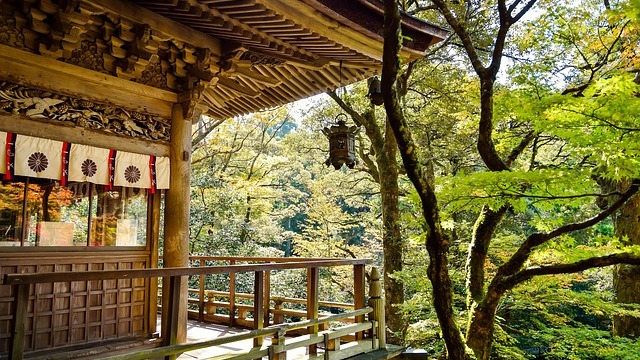
Bringing the Soul of Jazz to Life
The recently published book Jazz Kissa: The Soul of Japanese Listening Culture, authored by photographer Katsumasa Kusunose, invites readers on an intimate journey through Japan’s unique jazz cafés, known as jazz kissa. These spaces, which emerged in postwar Japan and flourished through the 60s and 70s, are architectural gems designed specifically for the art of listening. Kusunose’s work presents more than fifteen years of exploration into these captivating environments, highlighting how each café not only celebrates jazz but embodies a philosophy of sound and experience.
Crafting a Distinct Listening Experience
Japanese jazz kissa stand apart from typical cafés by prioritizing auditory experience over casual mingling. The dim lighting and carefully curated furniture guide patrons’ attention toward robust sound systems, which are often the heart of these establishments. It’s a listening culture, with seating arrangements that create a personal relationship with sound. Music enthusiasts discover the artistic value of these spaces, as each has its own story—a reflection of the owner's personal taste and dedication to their craft. As Devon Turnbull, an artist featured in the book notes, stepping into a jazz kissa feels like being transported halfway around the world to famed New York clubs like the Village Vanguard.
A Rich Cultural History in Every Note
The significance of jazz kissa goes beyond their design; they are a testament to a deeper cultural exchange. Born during a time when live music was scarce and imported records were hard to find, these cafés functioned as vital venues for cultural transmission amidst a growing appreciation for jazz. As shared in Tokyo Weekender, these intimate spots became refuge for listeners eager to engage with a world-famous genre while embracing an atmosphere of deep appreciation.
Embracing Change and Future Trends
While some of these cafés have closed, Kusunose’s documentation underscores a hopeful narrative. Emerging owners are revitalizing the jazz kissa concept, crafting their spaces around listening in a modern context. The book serves not only as an archive of the past but as a source of inspiration for future designers who wish to create spaces that honor sound and listening in an increasingly noisy world. In a time where the concept of a “listening bar” is gaining popularity, Kusunose's work captures the essence of a culture that intertwines sound, ambiance, and personal stories.
More Than Just Cafés
Inside each jazz kissa, patrons can find solace in melodies while surrounded by the ‘spiritual’ essence of music; it’s an act of devotion cultivated through thoughtful design choices. The intricate woodwork, gentle light, and rich history encapsulated in these jazz cafés contribute to an archiving of not only sound but shared experiences.
Katsumasa Kusunose’s exploration into these hallowed halls of sound reminds us that jazz is not just about music—it's about community, culture, and creativity. Whether you’re a seasoned jazz aficionado or someone wanting to learn more about this profound cultural phenomenon, the world of jazz kissa offers a welcoming embrace to all who wish to listen.
 Add Row
Add Row  Add
Add 




Write A Comment